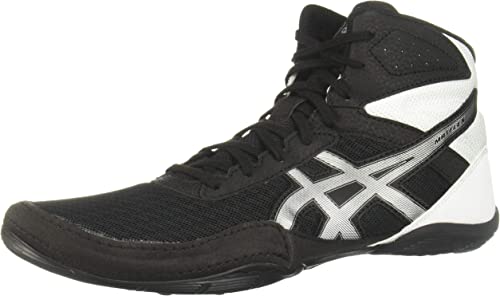Golf is a game of precision, and nowhere is that precision more critical than in the short game. When you’re just a few yards from the green, your club selection, technique, and strategy become paramount. This is where wedges come into play. Wedges are specialized clubs designed to help you navigate the delicate art of chipping and pitching, and they can be the keys to lowering your scores. In this article, we’ll delve into the world of wedges in golf and explore how they can improve your short game.
Understanding the Basics
Wedges are the clubs in your bag with the highest loft. This loft allows you to hit the ball high and make it stop quickly on the green. Typically, you’ll find four main types of wedges in a golfer’s bag:
- Pitching Wedge (PW): This is usually included as part of your iron set and is the lowest lofted wedge, with around 45-48 degrees of loft.
- Gap Wedge (GW): Also known as an approach wedge, it usually has 50-54 degrees of loft and is designed to bridge the gap between your pitching wedge and sand wedge.
- Sand Wedge (SW): This wedge has 54-58 degrees of loft and is designed to get you out of bunkers and handle shots from the sand.
- Lob Wedge (LW): The highest lofted wedge with 58-64 degrees of loft. It’s perfect for high, short shots that need to stop quickly.
The Versatility of Wedges
Wedges are incredibly versatile tools, and they can help you navigate a variety of situations. Here are some common scenarios where wedges come in handy:
- Chipping: When you’re just off the green, chipping with a wedge can help you land the ball softly and get it rolling toward the hole.
- Pitching: For slightly longer shots, pitching with a wedge allows for higher trajectory and soft landings.
- Bunker Play: The sand wedge is your go-to club for escaping bunkers. The high loft helps you lift the ball out of the sand and onto the green.
- Approach Shots: Gap wedges are great for approach shots when you need to carry a hazard or land the ball with precision.
- Lob Shots: When you’re short-sided or need to clear an obstacle, the lob wedge can elevate the ball and make it stop quickly.
Choosing the Right Wedge
Selecting the right wedge for your game is crucial. Consider your skill level, the course conditions, and the types of shots you often face. Most golfers carry a pitching wedge, a gap wedge, and a sand wedge. However, including a lob wedge can be beneficial for those who want to fine-tune their short game.
Developing Wedge Skills
Wedge play is all about control and precision. Here are some tips to help you improve your wedge game:
- Grasp the Basics: Start with a square stance, a slightly open clubface, and a grip that allows for soft hands during the swing.
- Short Backswing: Keep your backswing short and controlled. A full swing with a wedge can lead to inconsistency.
- Accelerate Through Impact: Focus on accelerating through the ball to create the necessary spin and control.
- Practice Distance Control: Spend time on the practice green working on different distances and trajectories with your wedges.
- Read the Greens: Pay close attention to the slope and grain of the green to predict how the ball will behave.
Conclusion
Wedges in golf are the keys to unlocking the secrets of the short game. They provide the precision and control needed to finesse the ball onto the green and close to the hole. Understanding the different types of wedges, selecting the right one for your game, and honing your wedge skills can significantly improve your golf game. So, next time you’re on the course, don’t overlook the power of the wedge; it might just be the club that takes your game to the next level.

